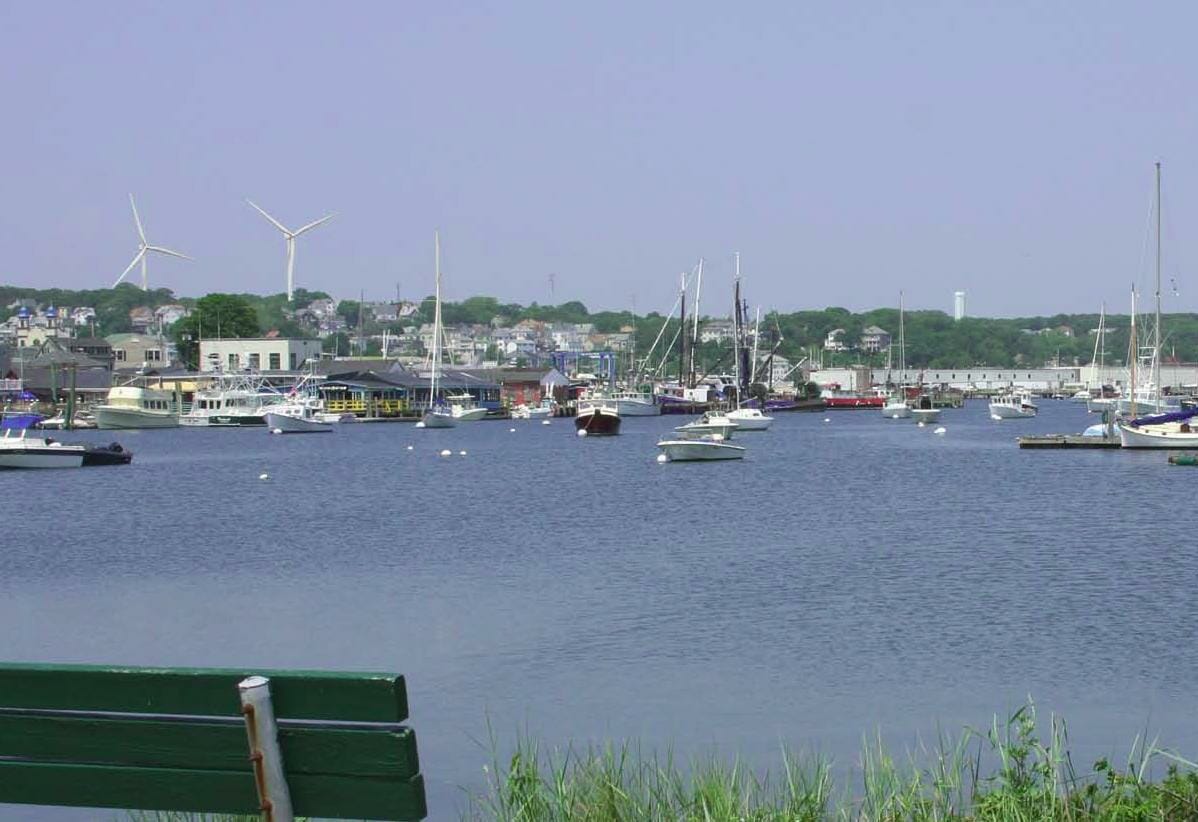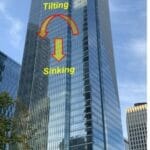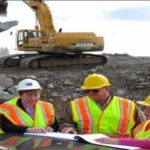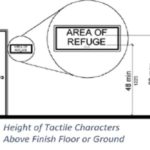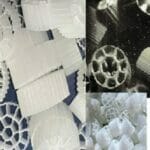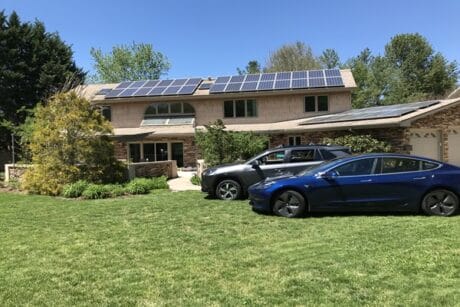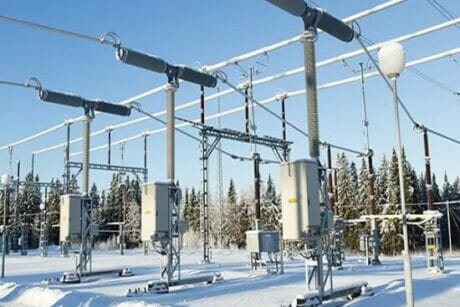No products in the cart.
- Course No E – 1442
- PDH Units 3.00
Course No E - 1442
PDH Units 3.00
- Course No E – 1442
- PDH Units 3.00
Course No E - 1442
PDH Units 3.00
Intended Audience: Civil, environmental, and mechanical engineers
PDH UNITS: 3
Municipal water and wastewater operations are energy intensive. Energy used by water systems account for more than 3 percent of total electric demand. Energy inputs to water systems occur at different locations in the system, from initial extraction of water from surface or groundwater sources, through conveyance, storage, treatment, distribution, end-use, wastewater collection and treatment, and discharge or reuse. These important energy inputs to water systems are sometimes located in places with significant wind energy potential. Although the focus of this course is municipal systems, many water supply systems provide service to all types of users. Where wind energy systems can contribute to energy inputs, and particularly to the energy required to lift and move water, important overlaps in benefits between municipal and other uses occur. This course presents a systematic assessment of the potential for wind power to support water utility operation, with the objective of identifying promising technical applications. The first part of the course describes the current situation that municipal providers face with respect to energy and water. The second part describes the progress that wind technologies have made in recent years to become a cost-effective electricity source. The third part describes the analysis employed to assess potential for wind power in support of water service providers, as well as two case studies. The course concludes with results and recommendations. This course is based on the document, “Wind Energy Applications for Municipal Water Services: Opportunities, Situation Analyses, and Case Studies”, by L. Flowers and L. Miner-Nordstrom, Conference Paper NREL/CP-500-39178, January 2006, U.S. Department of Energy.
Learning Objectives
At the successful conclusion of this course, you’ll be able to identify and discuss:- Challenges for U.S. water supply and wastewater treatment
- Stresses on municipal water service providers
- Energy requirements
- Wind energy market
- Energy market drivers
- Energy market economics
- Implementation issues
- Wind-powered water service applications
- Screening for water service opportunities in windy U.S. areas
- Locations with wind-water potential Case studies
Once completed, your order and certificate of completion will be available in your profile when you’re logged in to the site.

